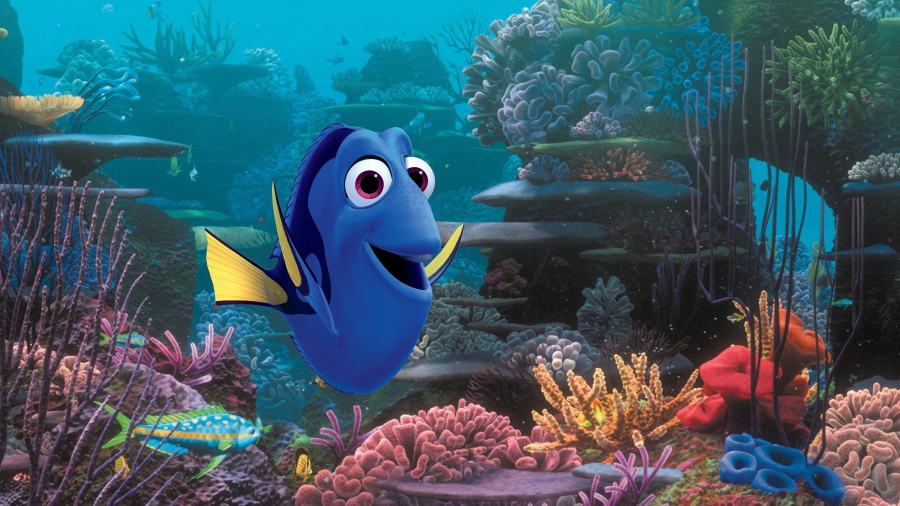SEATTLE — “Animators are actors,” said Pixar’s Michael Stocker, talking about the “Finding Nemo” sequel, “Finding Dory.” “We’re delivering a performance.”
Stocker, a Spokane native and former Seattleite — back in the 1980s, he hand-painted conceptual airplane interiors for Boeing — has worked for Pixar Animation Studios for 13 years; the last three-and-a-half as animation supervisor for “Finding Dory.” For that film, he led a team of about 70 animators to bring the story of the forgetful blue tang Dory (voiced, as in “Finding Nemo,” by Ellen DeGeneres) to life.
It’s a long process, beginning with creating what Stocker described as a virtual puppet or model for each character. “If you think of stop-motion animation, where you can grab an arm and pull it, it works the same way,” he said. “But it’s digital, as opposed to drawing it in 2-D.”
For many of the characters, they weren’t exactly starting from scratch: Dory and her friends Marlin and Nemo are well-known from the 2003 original film. “But the technology had all changed,” Stocker said. “It’s like, if you typed a Word document 13 years ago and tried to open it now, it wouldn’t open.”
“To rebuild Dory was super-hard because, as soon as you move something, that’s not Dory. People are so attached to that character, they knew instantly that it wasn’t the same.”
Once the puppets are created, work on movement and scenes begins; it’s a collaborative process, Stocker said, dictated by the voice performances (recorded quite early in the schedule) and directors Andrew Stanton and Angus MacLane’s vision. Particularly challenging in this project was Pixar’s first octopus: the curmudgeonly Hank, who helps Dory escape from a California aquarium.
“We wanted to do a realistic octopus,” said Stocker, who said that it was initially difficult to deconstruct just how an octopus moves — all those legs are a challenge for an animator. Some time at the Monterey Bay Aquarium, where Stocker and his team held some friendly octopuses (“they purr like a cat!”) and studied how their anatomy worked, was helpful, but Hank still took two years to build.
Though his early career, at Boeing and at the Seattle design consultancy firm Teague, was in illustration and graphic design, Stocker was haunted by a film class he took while a student at Spokane Falls Community College. Years later, he said, he saw a commercial for “Who Framed Roger Rabbit” came on television. “I just thought, animation (finger snap) — that’s it, exactly!”
Moving south, he studied at Cal Arts and began his career in hand-drawn animation at Disney, with “The Lion King” his first credit. After 10 years, excited by the new possibilities in CGI animation, he was offered an opportunity at Pixar. “I loved the movies they were making, and I wanted to learn how to use the computer from them,” he said. “It was perfect timing.”
Seven Pixar features later, he’s come full circle: “Finding Nemo” was in progress when he was hired. “I was a fan of it, and for my kids, it was their first movie,” he said. “We’re finding out how many people love that first movie.
“We’re making a different movie, but we needed to make sure that we captured that feeling.”




